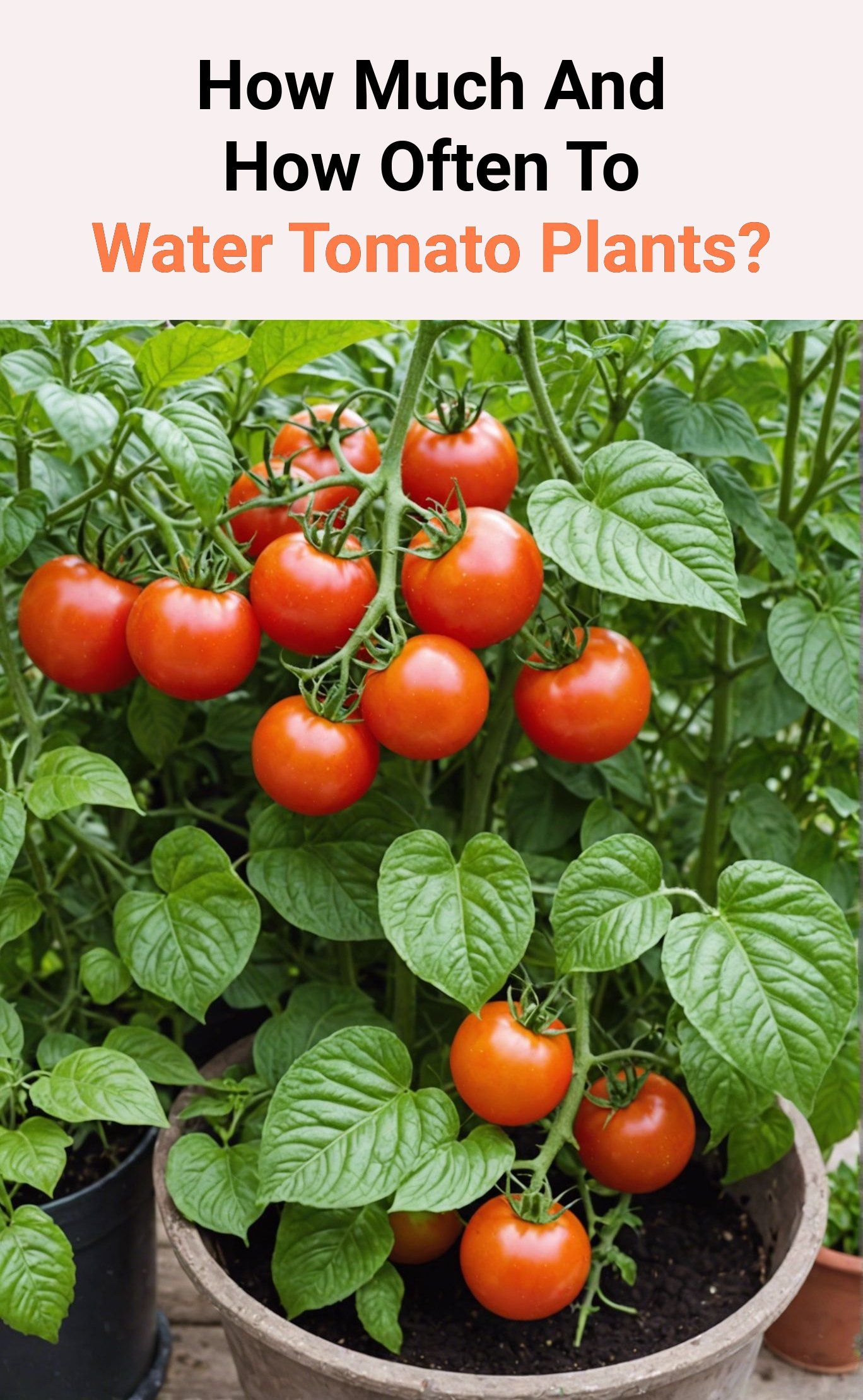Beautiful Plants For Your Interior
Beautiful Plants For Your Interior
Growing luscious tomatoes requires nurturing them with the right amount of water. Overwatering or underwatering can lead to stunted growth, disease, or even plant death.
In this guide, I’ll unveil the secrets to tomato watering, covering how much, how often, and when to quench their thirst.
Read on to ensure your tomato plants thrive and produce a bountiful harvest.
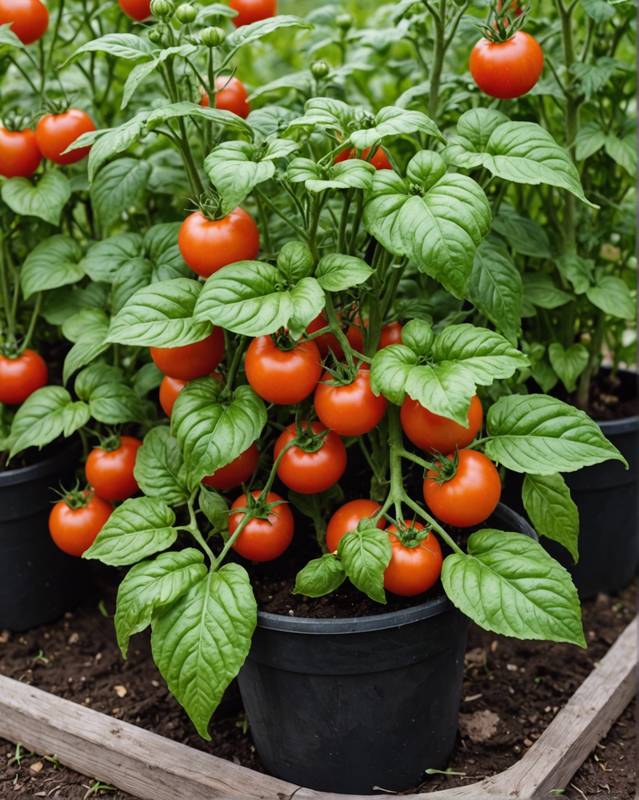
Wilting: Underwatered tomato plants will exhibit wilting leaves, particularly during the hottest part of the day.
The leaves may also turn slightly yellow or brown.
Dry Soil: Check the soil around your tomato plants.
If it’s dry to the touch, even an inch or two below the surface, it’s a sign of underwatering.
Stunted Growth: Tomato plants that aren’t getting enough water may experience stunted growth.
The leaves may be smaller than normal, and the overall size of the plant may be reduced.
Blossom Drop: Water stress can cause tomato plants to drop their blossoms before they develop into fruit.
This can lead to reduced yields.
Curling Leaves: In severe cases of underwatering, the leaves of tomato plants may start to curl inward.
This is a sign that the plant is severely stressed and needs immediate attention.
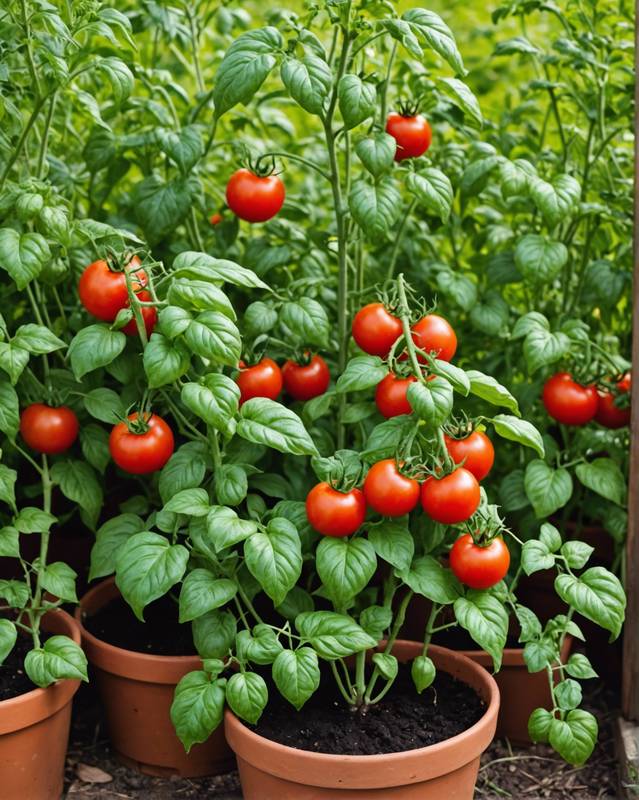
Tomato plants that have received too much water may exhibit several signs of distress. These include
Yellowing leaves: Overwatering can lead to a lack of oxygen in the soil, which can cause the leaves to turn yellow.
Wilting: Overwatered tomato plants may also wilt, as the excess water can prevent the roots from absorbing nutrients.
Blossom-end rot: This is a condition that occurs when the bottom of the tomato fruit develops a dark, sunken spot. It is caused by a calcium deficiency, which can be brought on by overwatering.
Cracking: Overwatered tomato plants may also experience cracking, as the excess water can cause the fruit to swell and split.
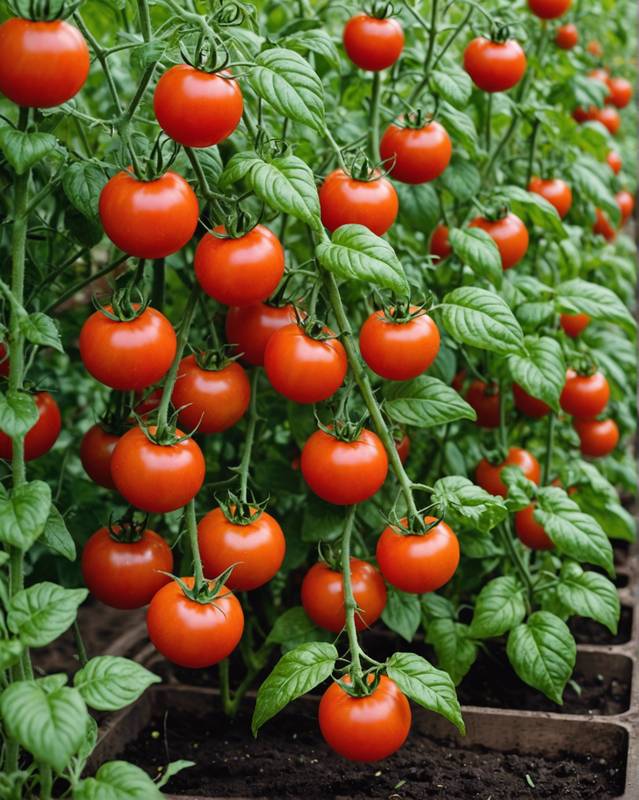
Several factors influence how often you should water your tomato plants. Soil type is crucial; sandy soil drains quickly, requiring more frequent irrigation than clay soil, which retains moisture.
The weather also plays a role: hot, dry days demand more watering than cool, cloudy ones.
Additionally, the plant’s stage of growth affects watering needs. Young plants require more frequent watering because their root systems are not yet fully developed.
As plants mature, they can tolerate longer intervals between watering.
Finally, monitor your plants for signs of wilting or drooping, which indicate a need for hydration. By considering these factors, you can adjust your watering schedule accordingly, ensuring optimal growth and productivity for your tomato plants.
Tomato plants, like any other plant, require water to survive and thrive. The amount of water they need depends on various factors such as the size of the plant, the weather conditions, and the type of soil.
Generally, tomato plants need about 1-2 inches of water per week.
During hot, dry weather, they may need more frequent watering. It’s important to keep the soil consistently moist without overwatering, as this can lead to root rot.
To check if your tomato plants need water, stick your finger in the soil up to the first knuckle.
If the soil feels dry, it’s time to water. Avoid watering too often, as this can lead to waterlogged soil and root problems.
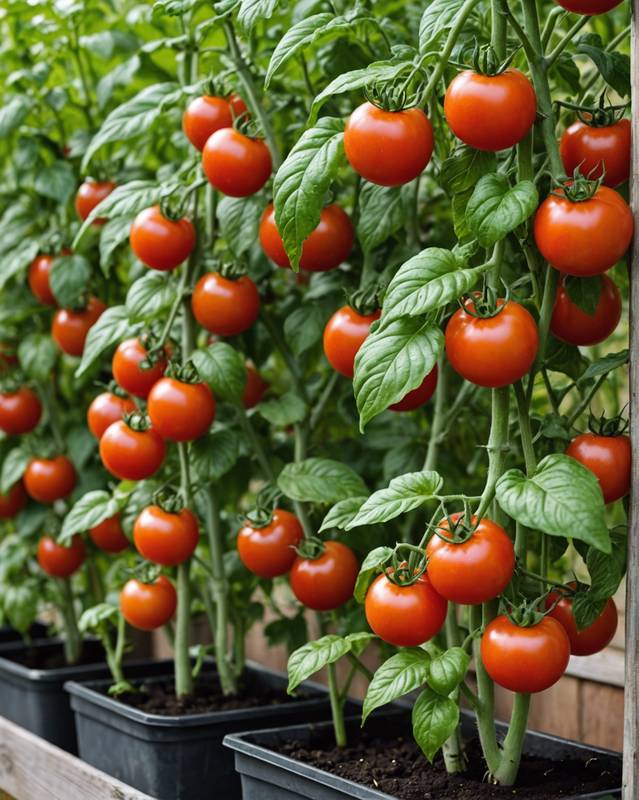
Determining the ideal watering frequency for tomato plants depends on soil conditions, climate, and plant stage.
Generally, established tomato plants need about 1-2 inches of water per week, but adjust based on these factors:
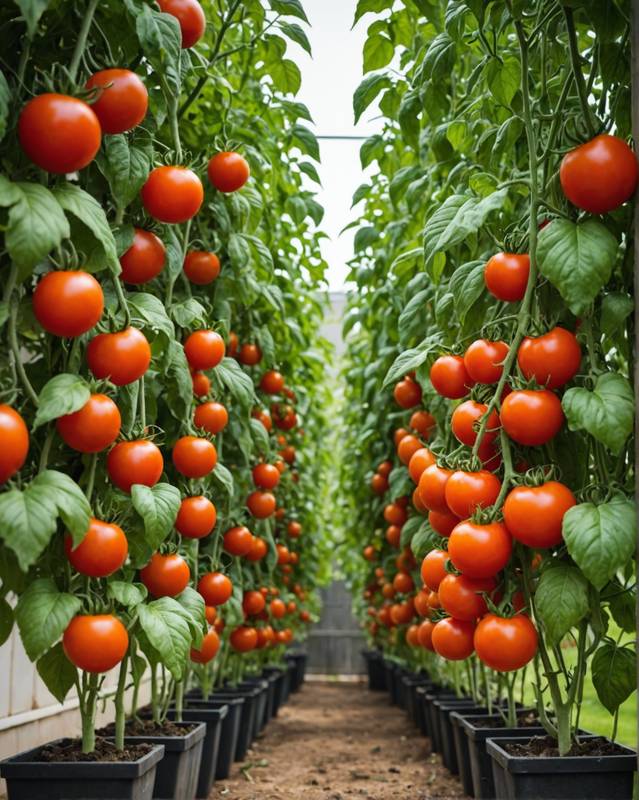
When is the best time to water tomato plants? The ideal time to water tomato plants is in the morning.
This allows the leaves to dry throughout the day, reducing the risk of disease.
Avoid watering at night, as this can lead to waterlogged soil and increased susceptibility to fungal issues.
Manual watering allows for tailored attention to individual plants, considering their size, sunlight exposure, and soil conditions. This flexibility enables adjustments for specific needs and ensures optimal moisture levels.
Automated systems, on the other hand, provide consistent watering schedules and eliminate the need for frequent monitoring.
They can be programmed to consider factors like weather conditions and plant growth stages. Both methods have advantages, depending on the scale and preferences of the gardener.
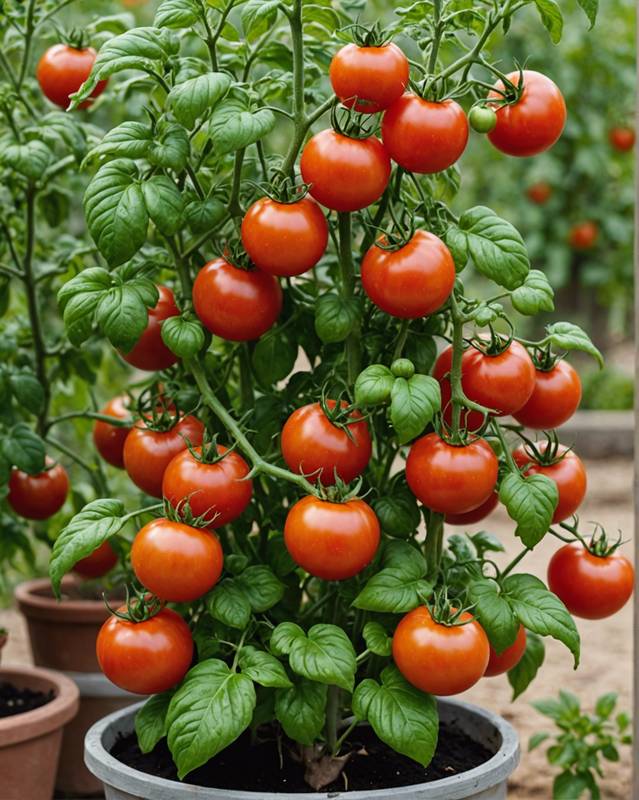
Watering tomatoes effectively requires understanding their specific water needs. To ensure optimal growth and prevent water-related issues, follow these tips: Check soil moisture: Before watering, insert your finger 2-3 inches into the soil.
Water only if the soil feels dry to the touch.
Water deeply: When you do water, thoroughly soak the soil to a depth of 6-8 inches, so the roots can absorb sufficient moisture. Frequency: In warm, dry weather, water every 3-4 days.
Reduce frequency in cooler, wetter periods.
Time of day: Water in the morning or evening when evaporation is lower. Avoid overhead watering: Wet foliage can invite disease.
Water directly at the base of the plant, using a soaker hose or drip irrigation.
Mulch around plants: A layer of mulch helps retain soil moisture and reduce evaporation.
